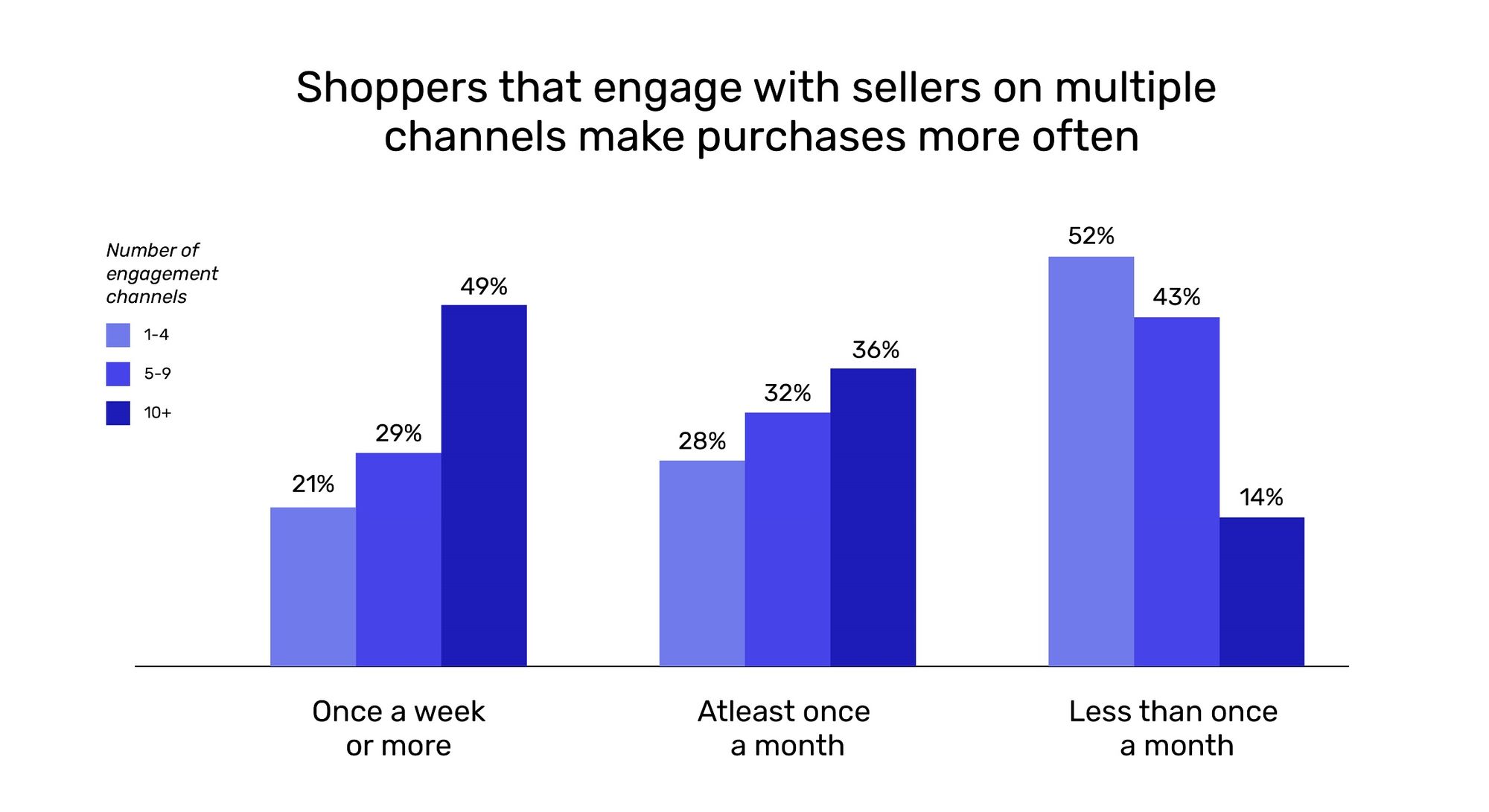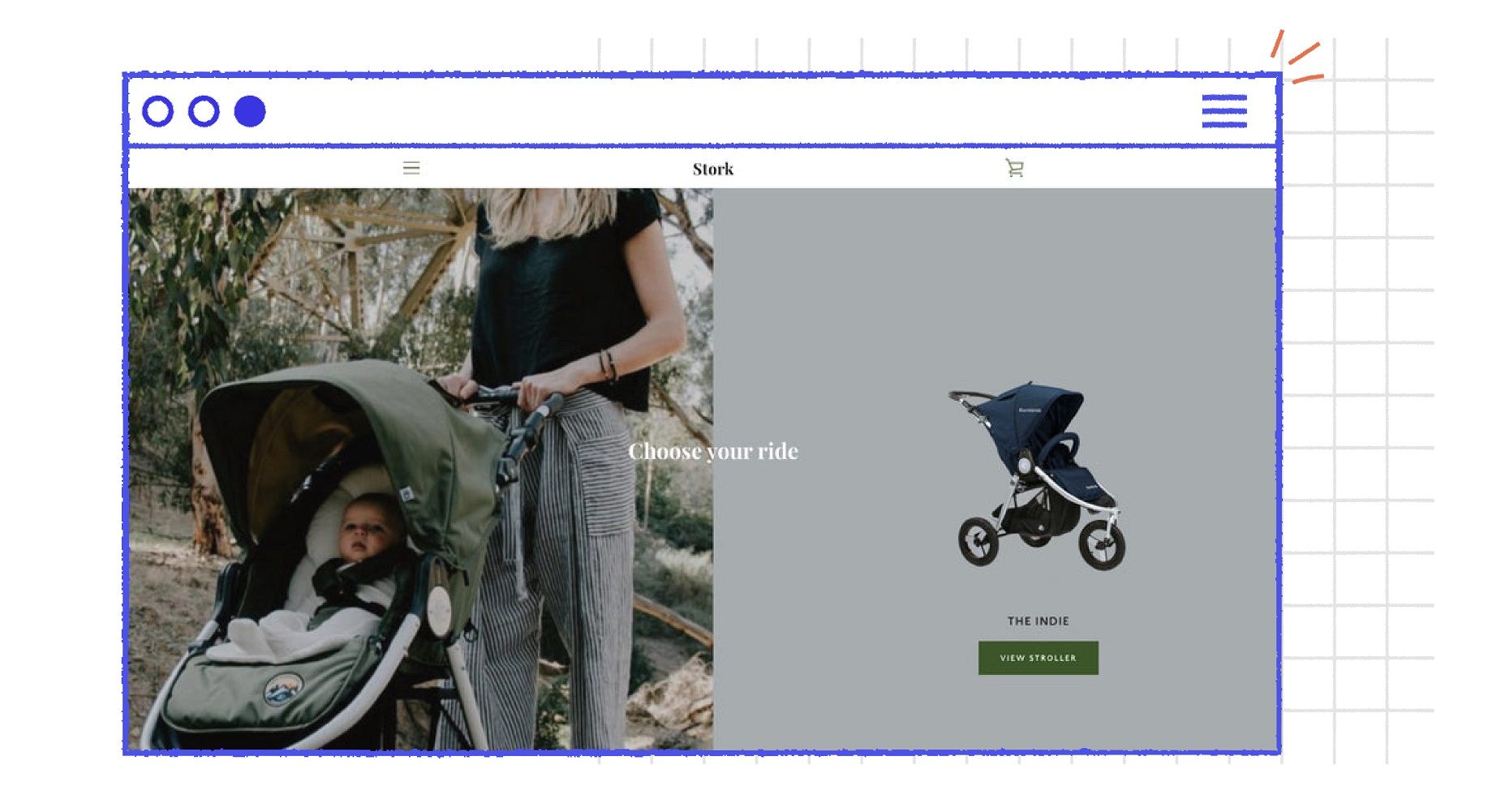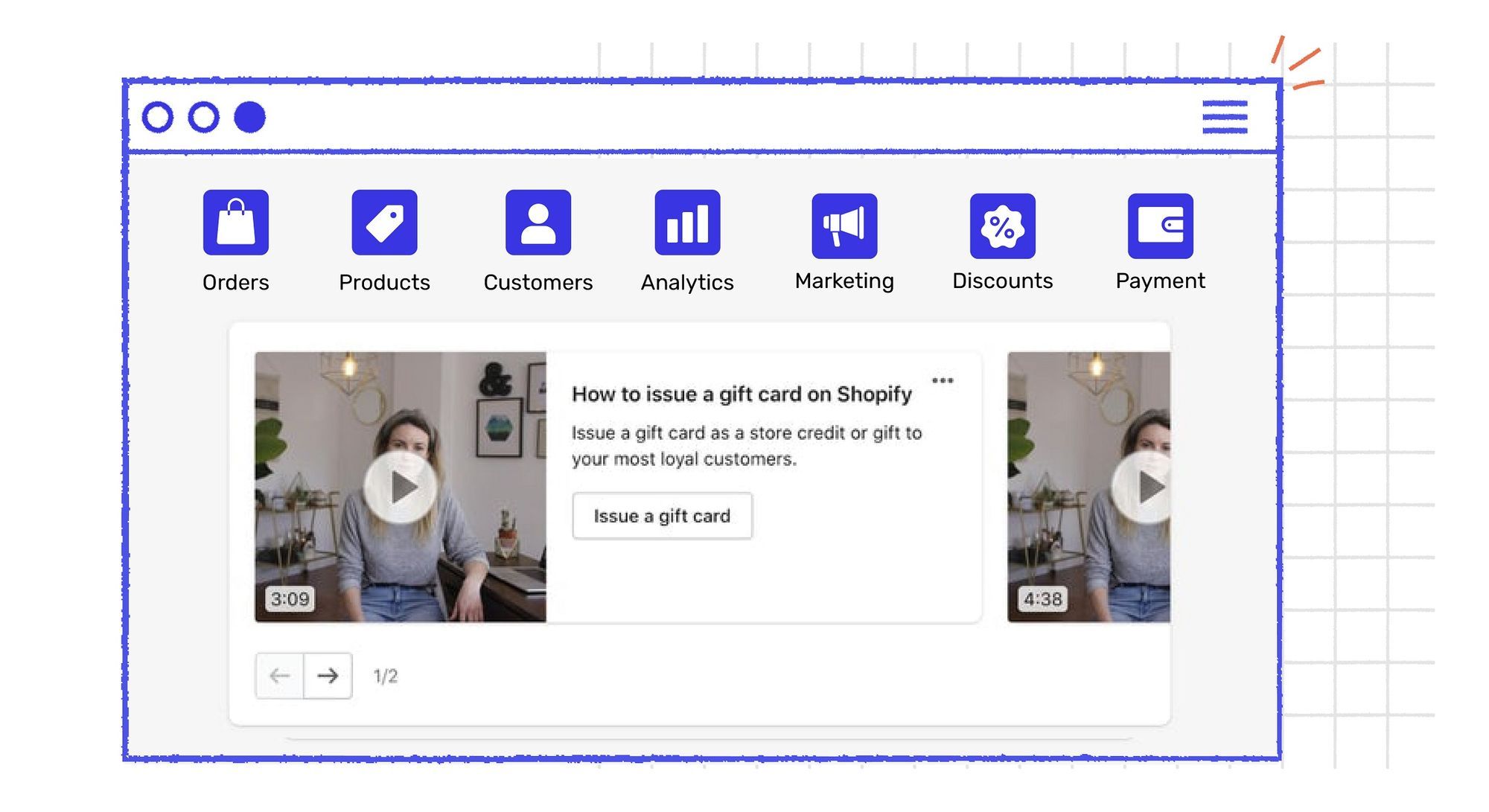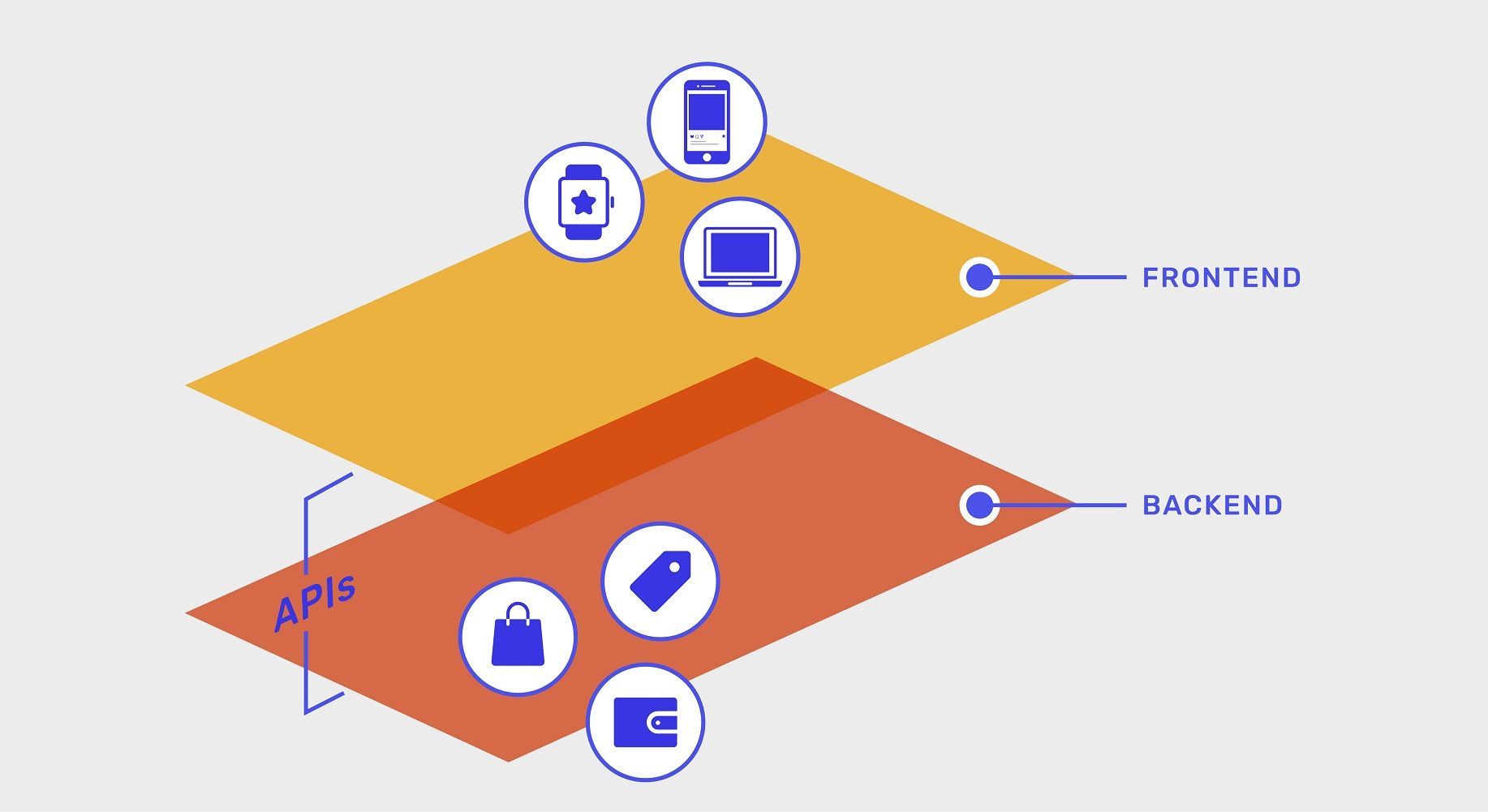Change. The only constant in eCommerce.
The demand for dynamic stores has surged, new channels are coming up every day, social shopping is no longer a fad. And e-tailers who want to deliver better in-store experiences today must embrace these changes on all levels.
🤔 ..... But what makes a great online storefront experience?
With stores losing $100,000 to $250,000 yearly to poor experiences, does it even make sense anymore?
Online shopping is no longer just a checkout form. It’s about being engaged and entertained in the store. And no one will tolerate an iffy experience. In fact, what shoppers need is simple:
- Speed
- Consistency
- Convenience
- Reliability
- And of course—humanity
It’s time to focus on building real connections, and that's only possible by making technology feel more human. This is possible by giving your team the tools they need to create better storefront experiences—fast.
Today’s smart retailer is engaging in a new era of the shopping experience, combining the human touch and technology to deliver a more tailored consumer experience.
Guita Blake, SVP at Mindtree
So, think carefully about the tech stack you’re currently using for your online store. Do you see room for improvement?
Another interesting trend to observe is how shoppers engage across channels. Business Insider shares great insight here—it's no longer viable for brands to focus on a single customer channel. Shoppers want an intuitive omnichannel experience—one that enhances their overall perception of your product and brand.

Brands that have prioritized these trends are reaping the rewards, while others are wondering how to get in on the action without having to build back-end experience solutions from scratch.
The answer, however, is quite simple:
Headless commerce.
If you are someone who’s been in the eCommerce space for a long time now, then you might know what it means to go headless. But you may have also heard about a lot of associated terms—being API-first, or front-end development, or speed-to-market, right?
“🤔 ....But how do you connect going headless with a store experience that is meaningful and consistent?”
Here’s a small dive into all the buzz surrounding headless commerce and why it’s super important for any D2C business that is head-on about delivering a best-of-class experience to shoppers.
What Does it Mean to Go Headless?
Let’s say you run a direct-to-consumer eCommerce store. What you see when you enter the site is its head—or the frontend. That is, everything that you interact with within the beautifully laid-out interface of an online store is your frontend.

On the flip side, the backend is where you get access to different features to manage the eCommerce storefront. This includes everything in your business engine—like checkout, subscriptions, payment, inventory, and more.

As a digital brand with multiple customer channels, you need to follow through with a stellar backend to prevent a negative shopper experience on your frontend—which could be your web store, Instagram shop, PWA/app, or any channel.
You need to stitch these two in such a way that your shoppers have a seamless checkout process no matter where they are.
When we say a storefront is “headless”, this is exactly what we’re talking about. It’s about ‘decoupling’ the frontend of your online store from its backend—but at the same time offering a well packaged tangible shopper experience across channels.
How Does Headless Commerce Work From a Technical Perspective?
Both the frontend and backend of your storefront work independently with the use of APIs (Application Programmer Interfaces). APIs allow these two systems to integrate seamlessly.
For instance, backend developers can use APIs to deliver anything—from products, to blog posts, to customer reviews—to any channel or device of their choosing. While frontend developers can work around how to present that content wherever customers are shopping.

What Does a Headless Commerce Experience Look Like?
Let's take a look at the following customer journey:
- A customer reads a product description on your online store
- When they click “Buy Now”, this sends an API request to the backend for a pop-up form
- To make a transaction, the customer fills out the form and proceeds to pay through Google Pay, Apple Pay, or Paypal
- When the transaction is complete, the inventory is updated, your customer information is stored in a centralized database, and financial details are saved for later.
- When a new distribution channel pops up, any online store with headless architecture can emulate or adapt its content and products to be delivered seamlessly through any frontend channel. There would be no problem with adding a new device or technology to your backend, as it's API-based.
“Headlessness” gives D2C brands more flexibility and scalability.
What you order for lunch isn’t limited by the tray compartments. Rather, it’s based on the attributes of what you want for lunch.
The eCommerce Manager
You can now customize your frontend or “presentation layer” to your shoppers intent and needs. The end result: You can create fresh, dynamic and engaging shopping experiences across multiple channels and devices while keeping your existing backend infrastructure intact.
Why Are Brands Going Headless?
(And why you should be listening in too...)
As D2C businesses scale, running the day-to-day storefront operations becomes harder. Traditional eCommerce platforms seem to be no longer beneficial mostly because they limit your ability to interact with shoppers.
On the other hand, modern headless commerce platforms enable you with:
More Choices
With the help of APIs, you can connect your backend to any frontend or create custom storefronts, too. This gives your customers more ways to shop beyond your website.
Think Instagram shops, smart voice assistants, native mobile apps, and more!
Convenience and Speed
Providing speed and convenience is key to reducing shopper drop-offs. Unlike plugin-based infrastructure, headless commerce solutions speed up page-loading times and overall site performance as you can integrate new functions directly into your commerce engine (as needed).
Increased Personalization
Brands can customize shopping preferences for shoppers based on their previous purchase behaviors. This type of personalization can remain consistent across channels when you go headless.
Conversational AI
A communication-oriented approach using intelligent conversational interfaces will help you add a human touch, engage with users and earn their trust.
In simple words, headless helps you GROW and SCALE.
Should You Implement a Headless Commerce Solution?
The answer to that question really depends on what you're looking for in your commerce solution.
You should consider a headless approach if:
- You want to build unique storefront experiences that aren't possible with your current platform (e.g., smart mirrors, smartwatches, vending machines, etc.)
- You already have an established technology infrastructure, but it’s not always easy to re-platform another tool/ add integrations into your existing technology
- You feel you’re moving slower than your competitors because you can’t simultaneously make frontend and backend changes
- Your storefront takes too long to load and your site performance is poor, and as a result, users often bounce off before it’s done loading
- Your storefront theme or template isn’t as customizable as you prefer for your branding
- Your mobile shopping app isn’t as user-friendly as you’d like it to be
The headless approach is being adopted by most businesses today. If your brand accounts for a high volume of transactions and managing these across channels is an issue, then headless commerce platforms like mason are the right choice for you.
How KOTN Went Headless

KOTN, a Canadian apparell brand, is an excellent example of headless commerce. They've developed a lightning-fast website with an intuitive shopper experience—all thanks to its headless build.
They can deliver an out-of-the-box, personalized feel without needing custom apps or workaround hacks.
We went with a headless architecture because it brings a lot of the customizations we wanted to control directly to our fingertips.
Rares Crisan (Director of Engineering at KOTN)
With headless architecture for their online storefront, KOTN saw results fast.
Going headless:
- Made site changes 2x faster than before
- Improved KOTN's site performance by 40%
- Laid out the infrastructure to integrate and use newer web advancements
With a strong passion for outstanding design and storefront experience, KOTN is building a brand for years of growth. Joining the headless commerce approach is a host of other stores like Nike, Bonlook, FIGS, Victoria Beckham Beauty, and a lot more - which have adapted to this latest technology to deliver professional store presences that highly convert.
Headless Commerce Solutions You Can Implement Today
Choosing the best headless commerce solution is not an easy game. There are CMSs that help you create, store, and deliver content to multiple channels with the help of APIs, and then there is “headless commerce” that covers the entire spectrum of digital experiences.
Before choosing any platform, it's essential to clearly define your business requirements. Some tips on what to look for here:
- Ease of use - It should be easy to learn and have good technical support and tutorials
- No code connectors - It has pre-built integrations and also allow you to easily connect with other tools
- Implementation cost - You should be able to get started in days/weeks, not months
Let’s have a look at some of the popular headless solutions in the eCommerce space
Contentful
Contentful is a content-focused headless platform built for creating omnichannel digital experiences with a modern tech stack that also seamlessly integrates with eCommerce tools.
The platform is built for teams who want to bring their content together in a unified place, structure, and deliver it to multiple customer channels. With features like scheduled publishing, localization, and global out-of-the-box translation, Contentful helps brands deliver experiences that are tailored to the shopper’s needs.
mason
mason is the no-code headless store engine that brings design, data, and channels together to automate the commerce funnel. For small teams using fragmented solutions (popups, reviews, etc.) and large teams taking external agency help for running dynamic storefront ops, it's the ultimate self-serve headless toolkit for eCommerce growth.
Think of mason as Canva + Zapier + Buffer working hand-in-glove together for modern brands and marketplaces. Be it updating product bundles, running a weekend sale, highlighting bestsellers across PWAs, web stores, or other channels, mason helps you deliver these experiences on auto-pilot.
Bloomreach
Bloomreach is a headless experience cloud that helps you create custom landing pages, update content changes through headless page management, and integrate easily with commerce tools. It's more of a digital experience platform that helps you build end-to-end shopping experiences with data-driven analytics.
Shopify Plus
When it comes to e-commerce platforms that support the headless commerce approach and is also user-friendly, Shopify Plus has to be the #1. It comes with a Storefront API, content management system, inventory tracking, analytics, and a host of app integrations that offer creative control across touchpoints like web stores, kiosks, wearables, and even billboards for a cohesive customer experience.
Crystallize
With integrations for payments, order management, checkout, subscription, and analytics, Crystallize is a headless commerce solution for modern and personalized storefront experiences. You can build any storefront from scratch with its customizable product templates, rich-media DAM and commerce APIs that help you deliver dynamic store experiences on any channel/device.
Going Headless Doesn't Mean Losing Your Head
Remember: In an always-on business, your presence as a brand is always under scrutiny.
Your storefront and its content can't exist in isolation anymore—it needs to be available wherever your customers are. So, if you feel that your existing eCommerce setup is too rigid and is stopping you from expanding across your brand's touchpoints, a headless commerce solution can work wonders for your business. You don’t have to re-architect your storefront to engage with customers across channels.
This is the way modern brands are heading toward. It’s time to upgrade 🥂






